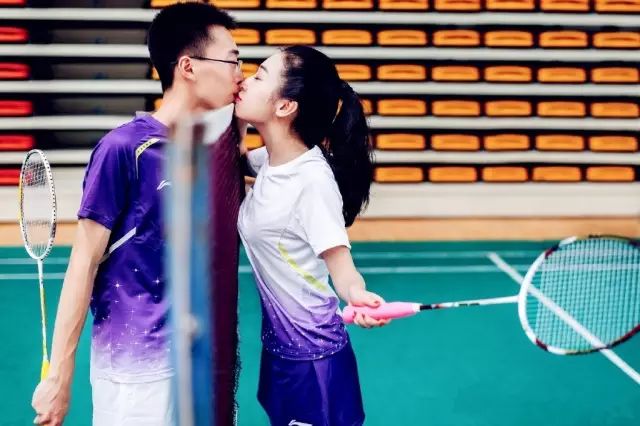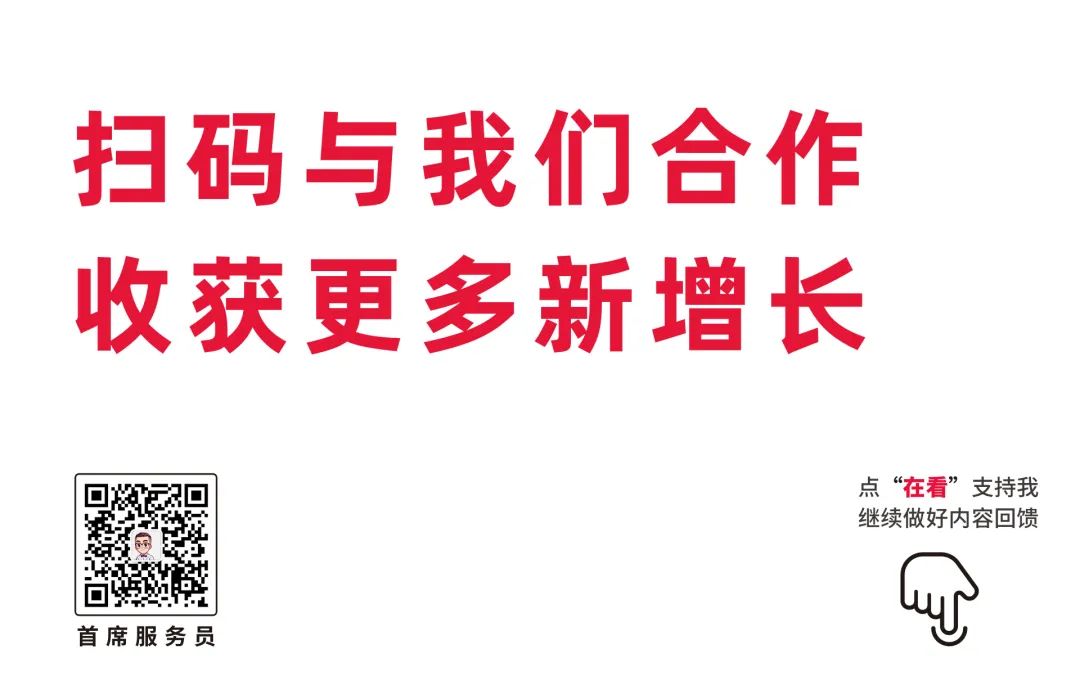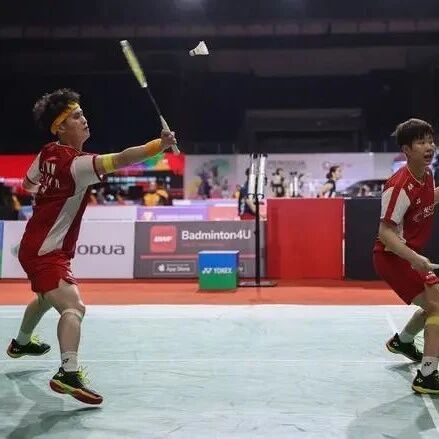When it comes to badminton doubles, let the seasoned pro show you how to get off to a winning start...

Doubles is always the favorite badminton event among players—so how can you truly enjoy doubles? Let the seasoned pros show you how to get started...
I. On-Court Safety Section
➤Amateur badminton players must maintain a healthy mindset! Always remember: safety comes first, fun is second, and scoring takes third place.
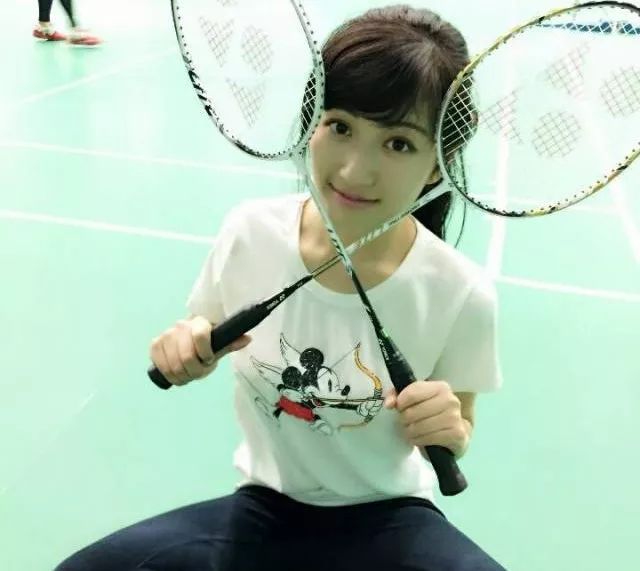
➤ "It's better to avoid scoring altogether by failing to receive the ball than to aggressively go for it. Especially when the ball is hit between two players—first, it easily damages the racket, and second, it could even hurt your partner. In the end, the risk simply isn't worth it."
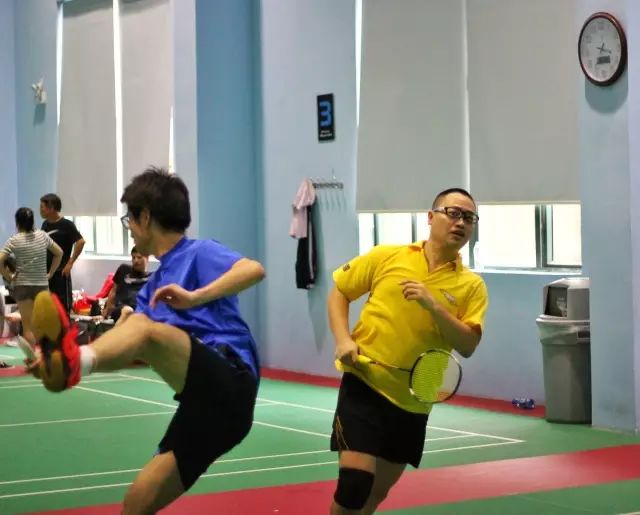
➤ Act within your limits—don’t force yourself to imitate techniques that exceed your body’s capacity.
➤When receiving the ball, remember to land on your heels first, then smoothly transition to your toes. Be sure to receive the ball with your feet in an "eight-shaped" position—otherwise, your knees will be extremely vulnerable to injury.
II. Conventional Tactics
➤ Whoever sets the net, goes online; whoever chooses the backcourt, steps back (make sure to retreat in a straight line—never diagonally!).
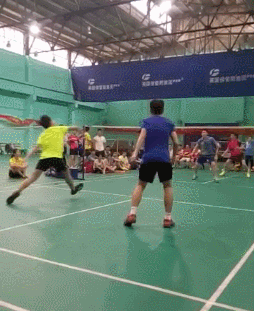
➤Defense is the beginning of offense—after all, offense is the best defense!
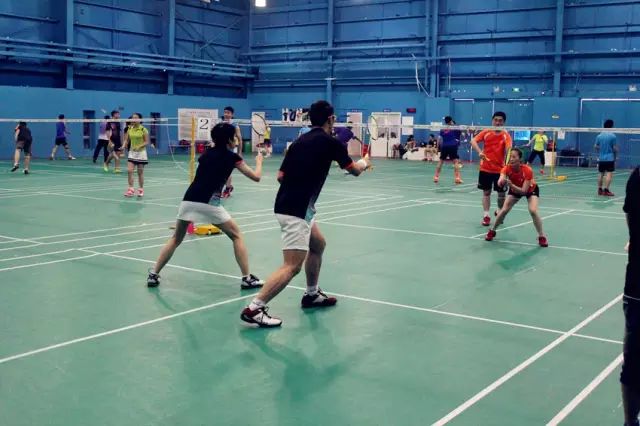
➤ Ninety percent of the focus is on the straight backcourt and diagonal net play.
➤ Attack your opponent's backhand in the backcourt—this is always the Achilles' heel for amateur players!
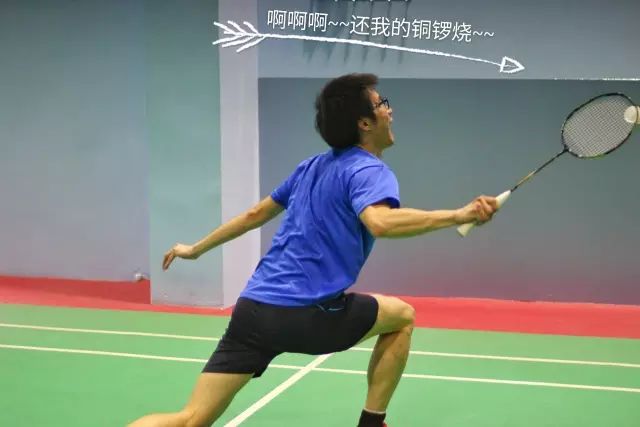
➤ When you're defending the frontcourt, the most important thing is to never look back toward the backcourt—doing so can easily lead to injuries to your head or face (there have been too many painful lessons!). Any ball played between the two central midfielders should be received by the player covering the backcourt; players in the frontcourt shouldn’t attempt to catch it.
III. On-Court Experience
➤ Don’t rush your serve—take a moment to glance back and check if your partner is ready, then calmly execute the shot. This is the most basic rule when playing mixed doubles with random partners! (Many players tend to serve as soon as they grab the shuttlecock, often leaving their partner unprepared. And if your backcourt partner isn’t ready, be sure to promptly alert your serving partner!)
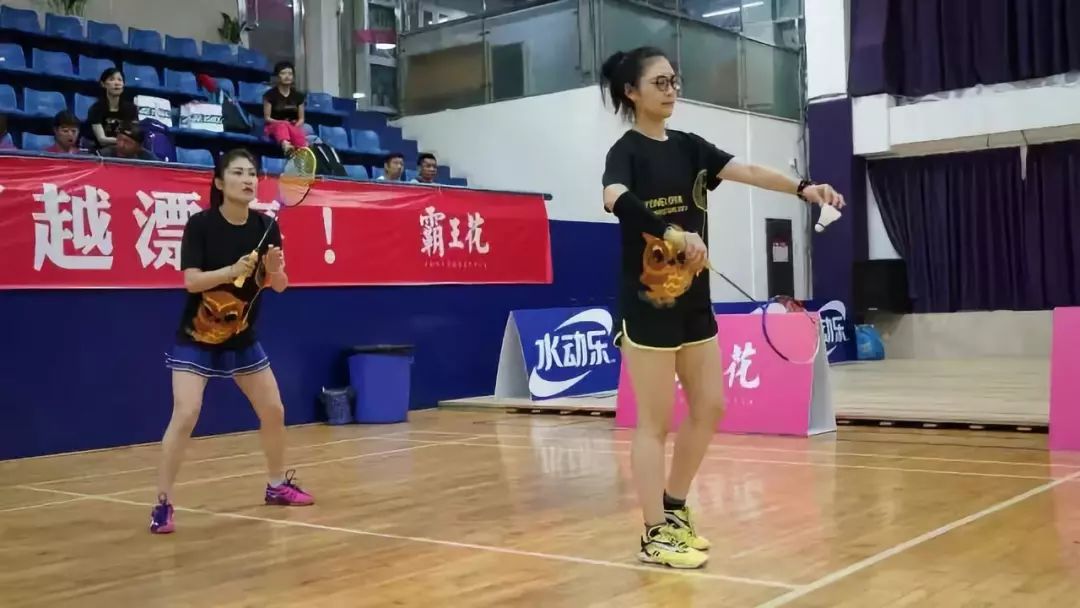
➤According to authoritative statistics, 60% of all points in a match are decided during the serve and return—so it’s crucial to pay close attention to your serving and receiving techniques. (First, make sure your serve clears the net without going out of bounds; only then can you focus on placing the ball close to the net to prevent your opponent from rushing in for a quick attack. Of course, once you’ve mastered this, step two naturally becomes step one!)
➤With the new shuttlecock, try your best not to hit unexpected shots toward your opponent's backcourt, as the new ball has low resistance and can easily fly out of bounds. It’s more reliable to wait until the ball shows some wear before launching a surprise attack.
➤New badminton shuttlecocks—time to smash those shots! Go all out with powerful smashes! Whether it’s the sound or the speed, it’ll give you an incredible thrill—way more satisfying than switching to any kind of elastic string; this racket makes attacking feel absolutely exhilarating.
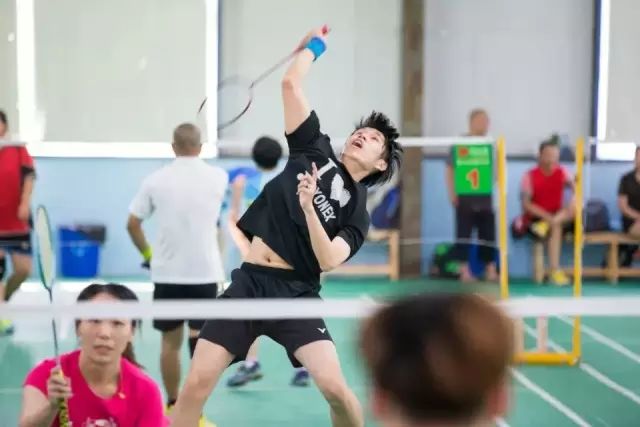
IV. Doubles Court Strategy
➤ When you're being aggressively pressured by your opponent and your body is already in an awkward, distorted position, don’t force the kill (or drop shot). Instead, play a high, deep shot to buy yourself some time and regain composure. Take a moment to regroup—and then go for the kill again.
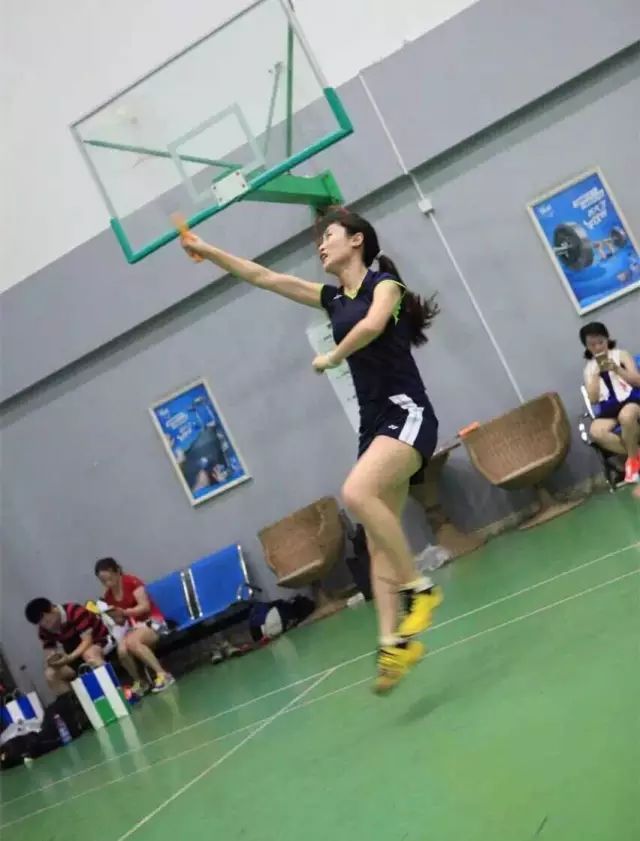
➤When you're playing at the net, always keep in mind the need to be ready for a powerful backcourt smash—play short drops, soft chops, and angled hooks; in short, force your opponent to lift high so your teammate in the backcourt can unleash a killer shot! Embrace the mindset of quietly supporting others while letting them shine. Stay mentally agile, and constantly scan with your eyes to spot your opponent's weak spots!
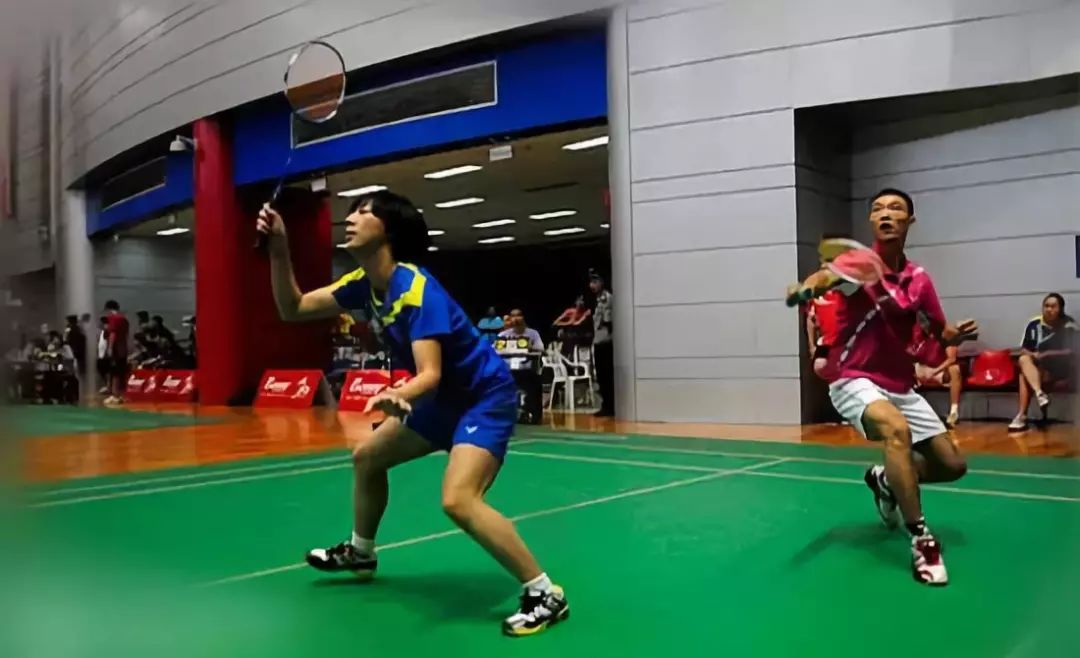
➤ When you're defending the net and receiving a drop shot, prioritize playing it close to the net—there’s simply no other option! But if you have to lob, remember: your ultimate goal should be to send the ball as deep as possible into your opponent's backcourt.
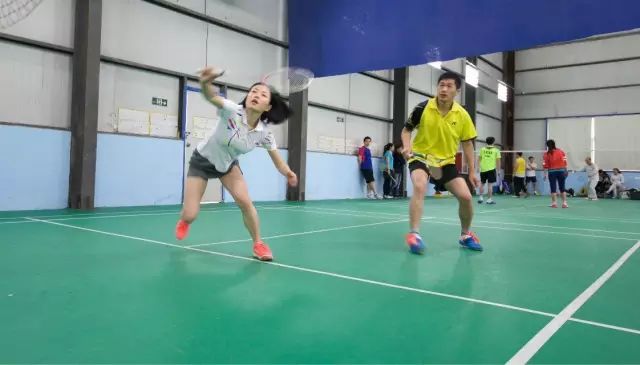
➤Players tasked with covering the frontcourt are primarily responsible for managing the central third of the playing area. Meanwhile, those assigned to the backcourt focus on handling the middle and back two-thirds of the field. (If you can help fill in gaps, make sure to step in—this is absolutely essential!) And remember: never go for the ball right over your opponent’s shoulder!
The backcourt partner attacks (drop shot) on the right side—remember to move up to the right net to cover your position!
The backcourt partner attacks (drops) on the left side—remember to move up to the left net to cover your position!
Partner up in the backcourt to hit (drop) the shuttle to the middle— but remember, while you’re waiting for the opponent’s return, stay ready at the net to cover and fill any gaps!
➤ After executing a backcourt smash, you need to instinctively pull your abdomen in and lean your body forward—always cultivating the habit of moving aggressively toward the net! (After all, not every partner will naturally know this essential net-covering tip; ultimately, it’s up to you to take charge.)
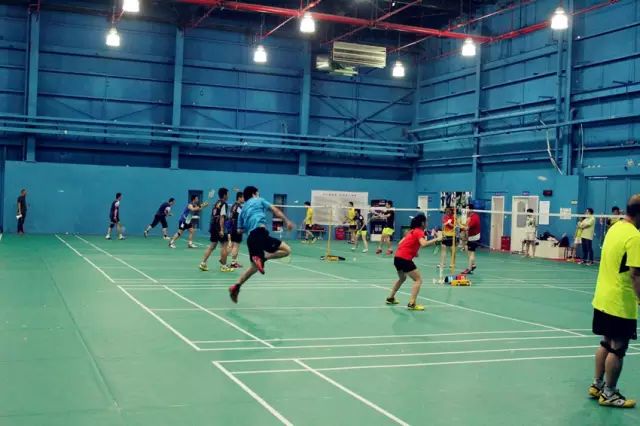
➤ When taking the initiative in the backcourt, maintain a downward pressure, but if the opportunity isn’t favorable, avoid forcing a smash—instead, opt for a soft drop shot to the net, continuously shifting your opponent’s positioning. Wait patiently until their return lacks precision, then strike with confidence. Of course, even when you’re on the offensive, seamlessly combining smashes and drop shots remains an incredibly effective attacking strategy.

➤ When facing an evenly matched opponent, don’t rush—play a few extra shots. In the rally phase, it often comes down to who makes the first mistake and who can stay composed and consistent the longest.
➤The best way to escape a 2-on-1 situation against your opponent is to move up to the net with the ball. After hitting a baseline shot, immediately advance to the net, handing over the backcourt play to your stronger partner—this is a fundamental strategy in doubles that leverages each player’s strengths while minimizing their weaknesses.
➤Amateur isn't professional—reactions aren’t as quick, so use the tactic of repeatedly targeting the same spot with caution.
➤When defending on the left or right, it’s best to hit a cross-court shot when facing a straight-line ball, and play a straight-line shot when encountering a cross-court ball! This will effectively force your opponent to run laterally, making it tougher for them to launch an attack. (After all, players tend to lose accuracy when hitting the ball while sprinting side to side.)
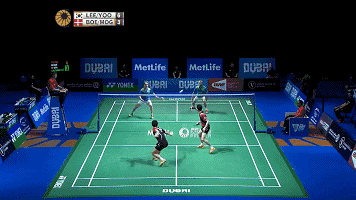
➤ If your partner makes a great shot, remember to cheer loudly with phrases like "Good shot," "Nice one," "Great BALL," or "Spot on!"—these kinds of encouraging words! (After all, receiving encouragement from your teammate boosts your spirits, giving you even more energy and motivation to keep pushing forward!)
If your partner really played a terrible shot, try to stay encouraging as much as possible—alternatively, you can quietly pick up the ball without saying a word.
(Otherwise, when it’s your turn to hit a bad shot, they’ll treat you the same way—how could you possibly handle that?)
